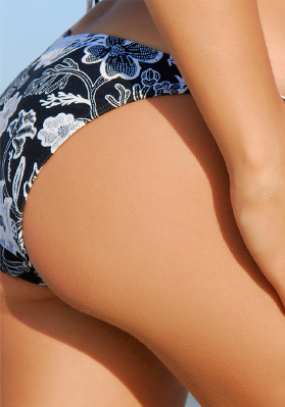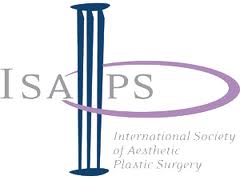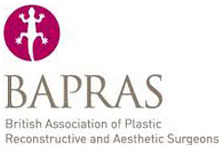De Quervain’s Tenosynovitis
De Quervain’s Tenosynovitis is a condition that results from inflammation of the tendons at the base of the thumb. These tendons run through a relatively rigid tunnel in the distal part of the forearm. Inflammation of the tissues surrounding the tendons in the tunnel results in De Quervain’s Tenosynovitis.
What are the symptoms of De Quervain’s Tenosynovitis?
Due to inflammation, movements of the thumb and the wrist become painful. The ability to grip strongly, to open bottles or jars and to use tools such as a hammer are significantly affected. There can be a visible swelling in the lower part of the forearm and sometimes a crackling sensation can be felt underneath the skin when the thumb is moved.
How is De Quervain’s Tenosynovitis treated?
Early symptoms may respond to rest, splintage, activity modification, anti inflammatory medication or an injection of steroid into the tunnel through which the tendons pass to reduce the inflammation. If the symptoms persist after two steroid injections four weeks apart and if other conservative measures have not been affective then surgery has to be considered for relief of pain and return of function.
What does surgery for De Quervain’s Tenosynovitis involve?
Surgery for De Quervain’s Tenosynovitis can be carried out under local anaesthetic or occasionally under brachial block anaesthesia (the arm is numbed with an injection) or general anaesthetic. It involves a small incision over the painful area after it has been numbed and the tight tunnel around the affected tendons is released. A few fine sutures are placed in the skin and dressing is applied which supports the wrist. The wrist is splinted for a period of two weeks to allow the area to heal and gentle mobilisation is begun after wound inspection at two weeks. It may be necessary to see a specialist Hand Therapist to help with regaining mobility.
What are the complications that patients can face following the procedure?
Just like any other operation release of De Quervain’s Tenosynovitis can result in problems such as bleeding, infection or delayed healing of the wound although these are very uncommon. Depending upon the severity and duration of the problem the symptoms may not disappear completely or may improve significantly and then recur. It is not uncommon for patients to experience tenderness in the scar, numbess or tingling on the back of the thumb and either pain or reduced mobility of the thumb for a period of time following surgery.
How long does it take to recover following the operation?
Most patients regain reasonable mobility between two and four weeks after the surgery but it takes longer to regain grip strength and power in the hand. Depending upon the type of job and the demands made on the hand, return to work can be anticipated between two and six weeks following surgery except in patients who do heavy manual work, use vibrating tools or have to lift heavy weights in which case the time for recovery and return to normal work may be between six to twelve weeks.











